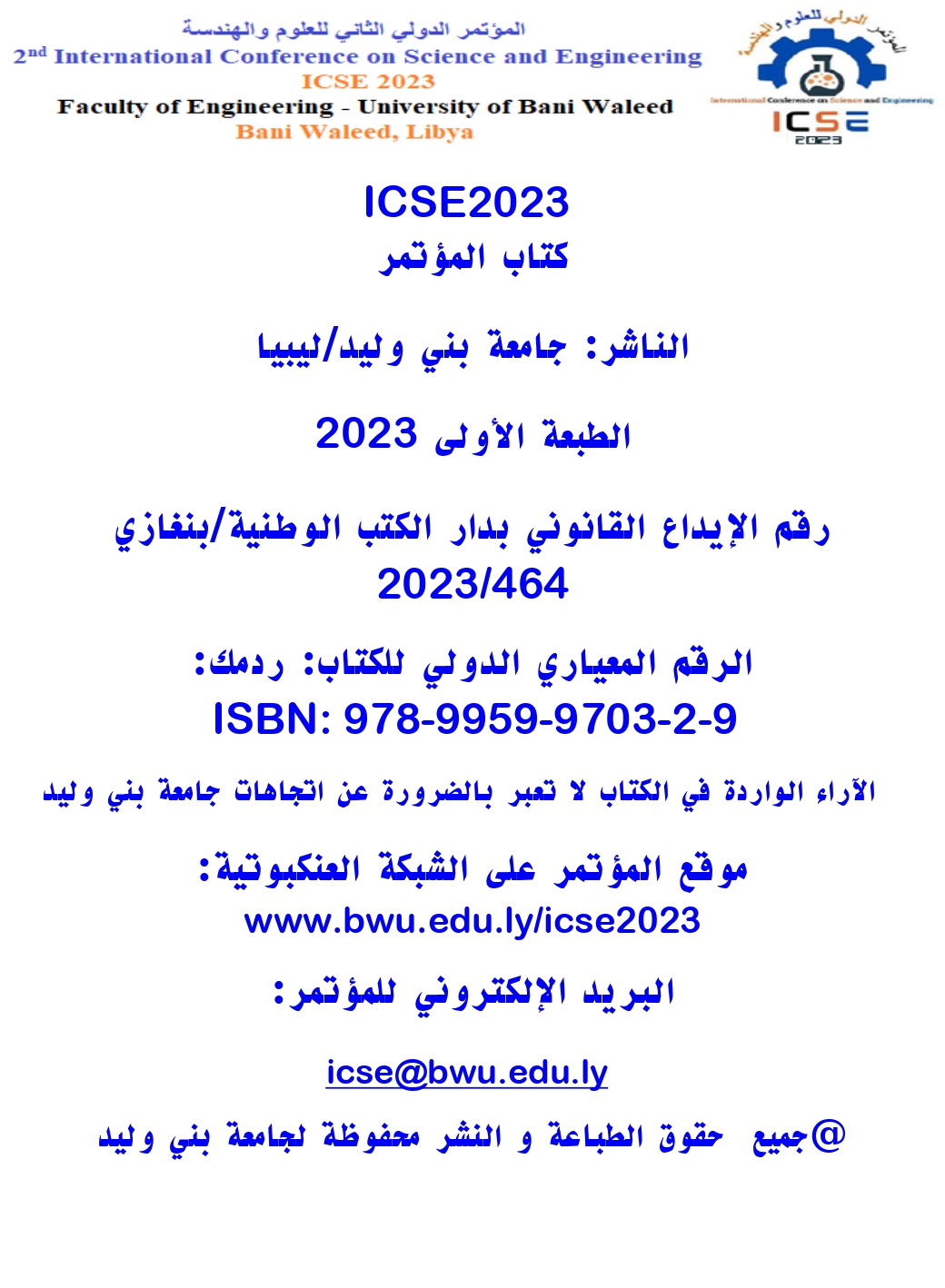Improve the surface roughness of PETG products in FDM 3D printing process with addition of Carbon Fiber
DOI:
https://doi.org/10.58916/jhas.v8i3.172Keywords:
(3 D printing, materials, surface roughness, PETG, PETG/Carbon-FiberAbstract
Abstract: The aim of this study is to improve the surface properties of PETG material in 3D printer products by adding Carbon-Fiber (CF). Carbon-Fiber is a material that can be added to PETG, PLA, ABS, Nylon and Polycarbonate PC filaments to increase their strength and stiffness. The main contribution of this study is to provide a comprehensive evaluation of the surface roughness of PETG and PETG/carbon-Fiber filaments printed by fused deposition modeling (FDM) technique. The surface roughness is measured using surface roughness PCE-RT20000 tester. By adding 15% weight of Carbon-Fiber to PETG material, the surface roughness value was reduced by 32.7% in the final 3D printed product. This resulted from Carbon-Fiber's capacity to improve the material's flexibility and strength as well as its capacity to close gaps between PETG material threads by enhancing flow and adhesion. The chemical interaction between Carbon-Fiber and PETG contributed to increased flow and adhesion of the material. This interaction plays a role in obtaining good surface properties.
Downloads
References
Abraheem, H, Amir K, Fouzi A, Ibrahim A, Neila K, and Mondher W, The effect of ambient temperature on the quality of three-dimensional printer products in FDM technology for ABS material, First Libyan international Conference on Engineering Sciences & Applications (FLICESA_LA) 13 – 15 March 2023, Tripoli – Libya.
I. Gibson, D. Rosen, B. Stucker, in: Additive Manufacturing Technologies, Additive Manufacturing Technologies: 3D Printing, Rapid Prototyping, and Direct Digital Manufacturing, second ed., 2015, https://doi.org/10.1007/978-1-4939-2113-3.
E. García, P.J. Núñez, M.A. Caminero, J.M. Chacón, S. Kamarthi, Effects of carbon fibre reinforcement on the geometric properties of PETG-based filament using FFF additive manufacturing, Composites Part B: Engineering, Vol 235, 2022,
M. S. Khan, M. A. Qazi, M. A. Khan, M. A. Khan, and M. A. Khan, “Surface Roughness Analysis of 3D Printed Parts: A Review,” Materials Today: Proceedings, vol. 46, pp. 103–108, 2021.
ScienceDirect. (2022). Effects of carbon fiber reinforcement on the geometric properties of 3D printed PETG parts. [online] Available at: https://www.sciencedirect.com/science/article/pii/S1359836822001494.
components: fused deposition modeling”, Vol, 22 • No. 6 • 887–894.
- Yang L, Li S, Li Y et al (2019) Experimental investigations
for optimizing the extrusion parameters on FDM PLA printed
parts. J Mater Eng Perfor
- Hooshmand MJ, Mansour S, Dehghanian A (2021) Optimization
of build orientation in FFF using response surface methodology
and posterior-based method. 27:967-994https:// doi.
org/ 10. 1108/ RPJ- 07- 2020- 0162
Eunseob, K, Yong-Jun S, Sung, H. A. (2016), “The effects of moisture
and temperature on the mechanical properties of additive manufacturing.













